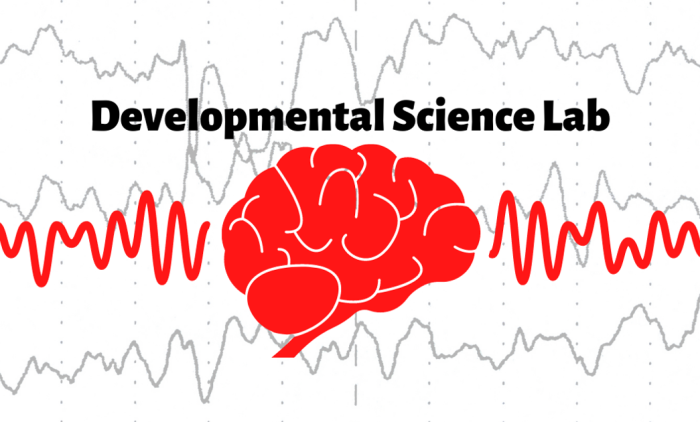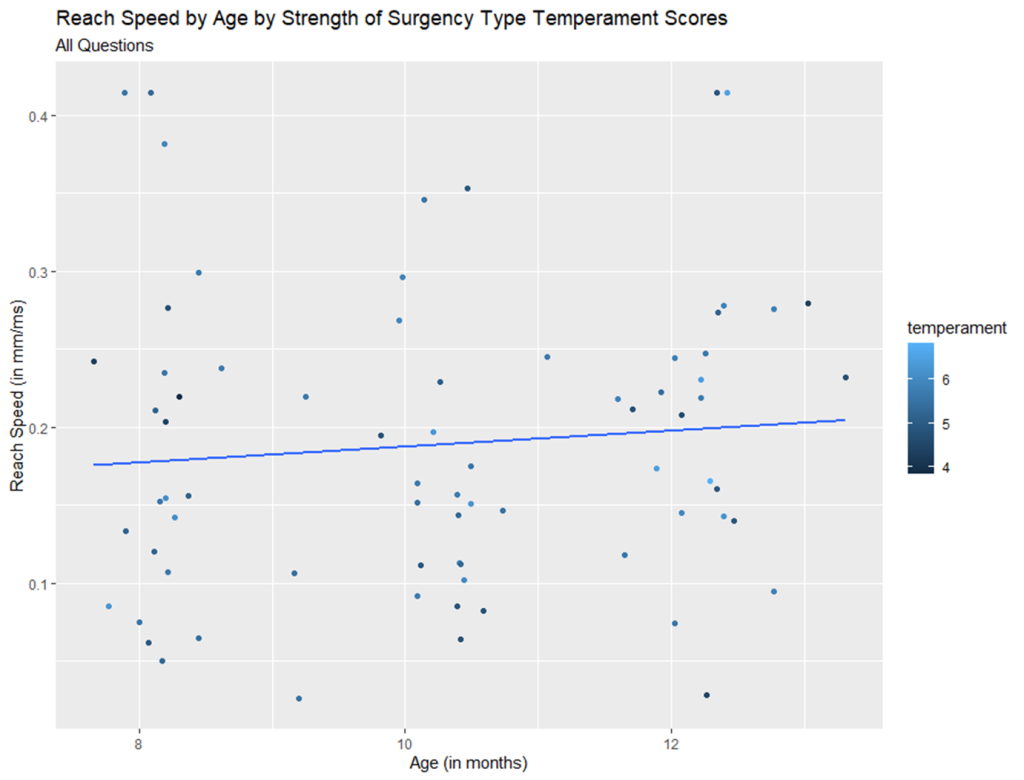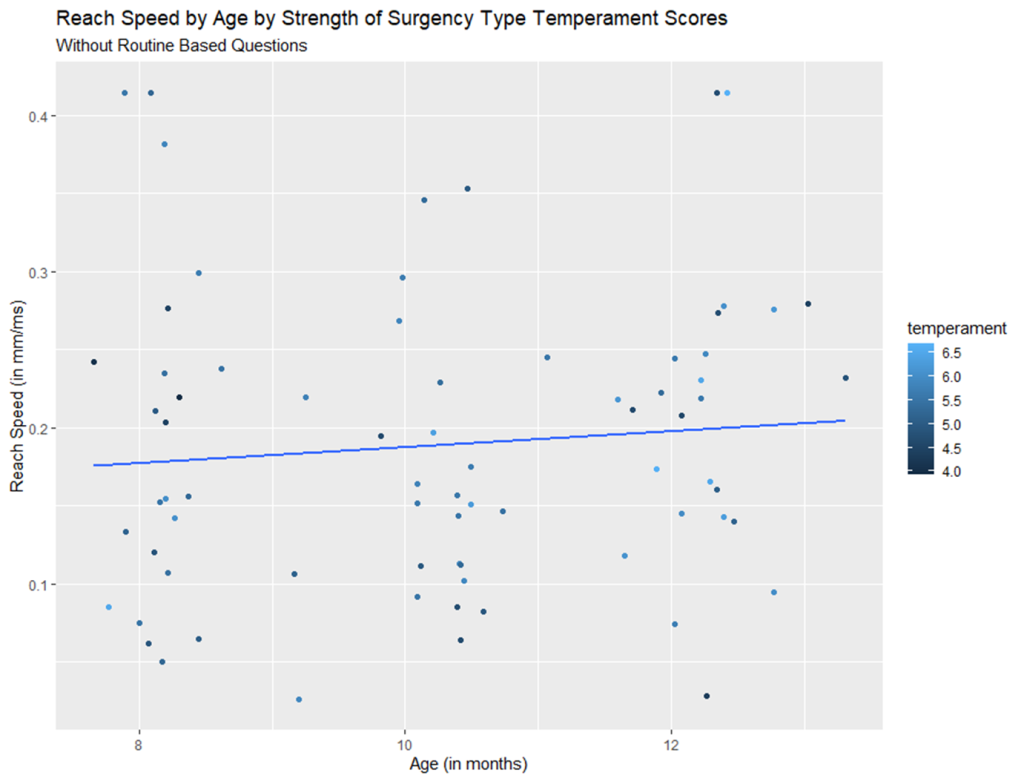SSHD Conference 2023
Motor Development and Neural Correlates of Behavior
If you would like a copy of the poster, please email Kaitlyn at kaitlyn.campbell@temple.edu
As this data collection is ongoing, this preliminary data analysis consists of 22 infants.
EEG Data:
- Our EEG data quality thresholds included reference electrodes’ data being usable, the proportion of usable EEG channels being 70% or above, at least 40% of trials are usable, and the correlation of the pre and post-line noise reduction is at least .90 or above. HAPPE+ER pipeline was used for data cleaning and a temporal PCA was used for ERP component identification.
- As the sMMN is sometimes seen as a positive peak instead of negative, we adopted the sMMR as a label instead. Also we looked at the Late sMMR which is the same as the LDN.
- The component amplitudes were derived from the tPCA analysis and are the amplitude at the peak latency of each component for each participant.
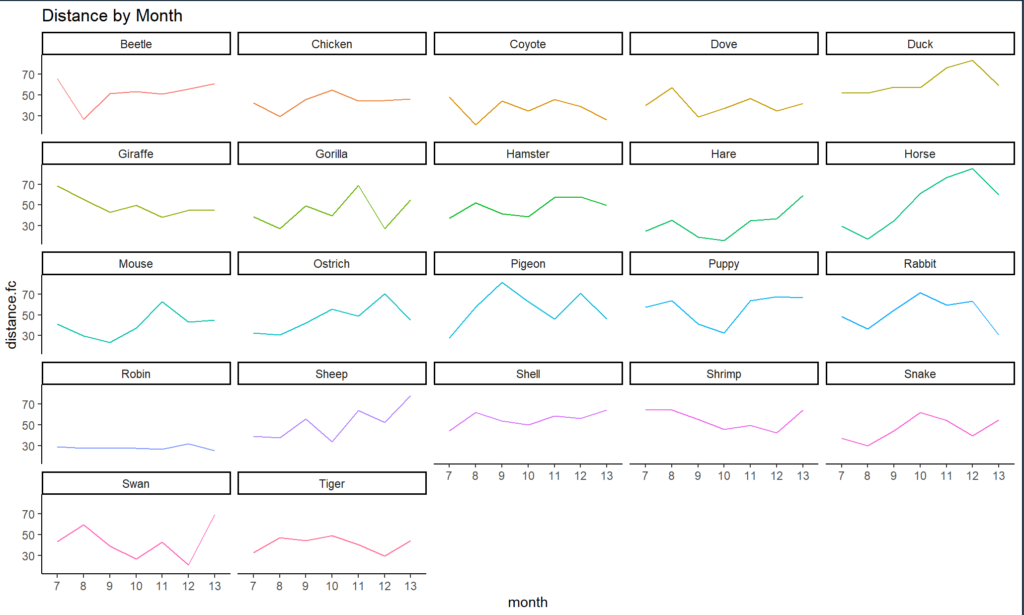
FIT’NG Conference 2023
Neural Correlates of Tactile Attention in Infancy
If you would like a copy of the poster, please email Kaitlyn at kaitlyn.campbell@temple.edu
As this data collection is ongoing, this preliminary data analysis consists of 36 infants. Our EEG data quality thresholds included reference electrodes’ data being usable, the proportion of usable EEG channels being 70% or above, at least 40% of trials are usable, and the correlation of the pre and post-line noise reduction is at least .90 or above. HAPPE+ER pipeline was used for data cleaning and a temporal PCA was used for ERP component identification.
Our lab was the first to identify the MMN in the tactile modality in both adults and infants. This analysis is the first to look at the specific functional categories of the fingers in infants.
As the sMMN is sometimes seen as a positive peak instead of negative, we adopted the sMMR as a label instead. Also we looked at the Late sMMR which is the same as the LDN.
The component amplitudes were derived from the tPCA analysis and are the amplitude at the peak latency of each component for each participant.
FLUX Conference 2023
Ignore the Tap: Neural Correlates of Children’s Voluntary Tactile Attention
If you would like a copy of the poster, please email Kaitlyn at kaitlyn.campbell@temple.edu
The overall sample was 56 children but there was technical errors for 3 files and 6 files did not meet EEG quality thresholds. Our quality thresholds included reference electrodes’ data being usable, the proportion of usable EEG channels being 70% or above, at least 40% of trials are usable, and the correlation of the pre and post-line noise reduction is at least .90 or above.
HAPPE+ER pipeline was used for data cleaning and a temporal PCA was used for ERP component identification.
We did an individualized approach to ERP scoring where we used the component’s peak latency and averaged the amplitude 20ms around it.
Summary Statistics (n = 40,208 observations in 47 children)
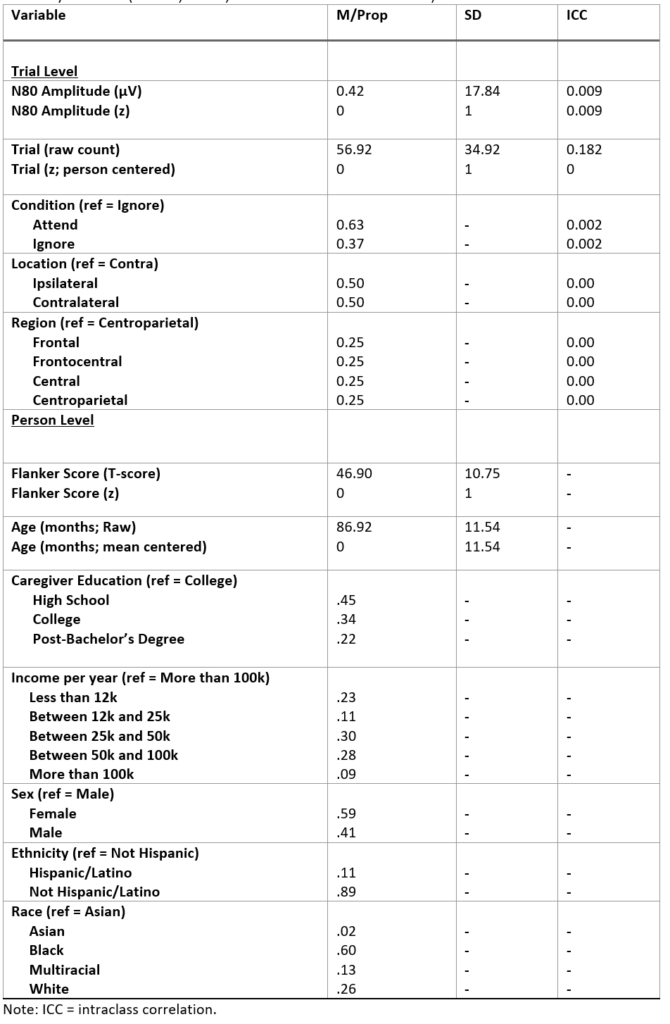
Multilevel Models Predicting the Amplitude of N80 (z) on Trial and Child Characteristics
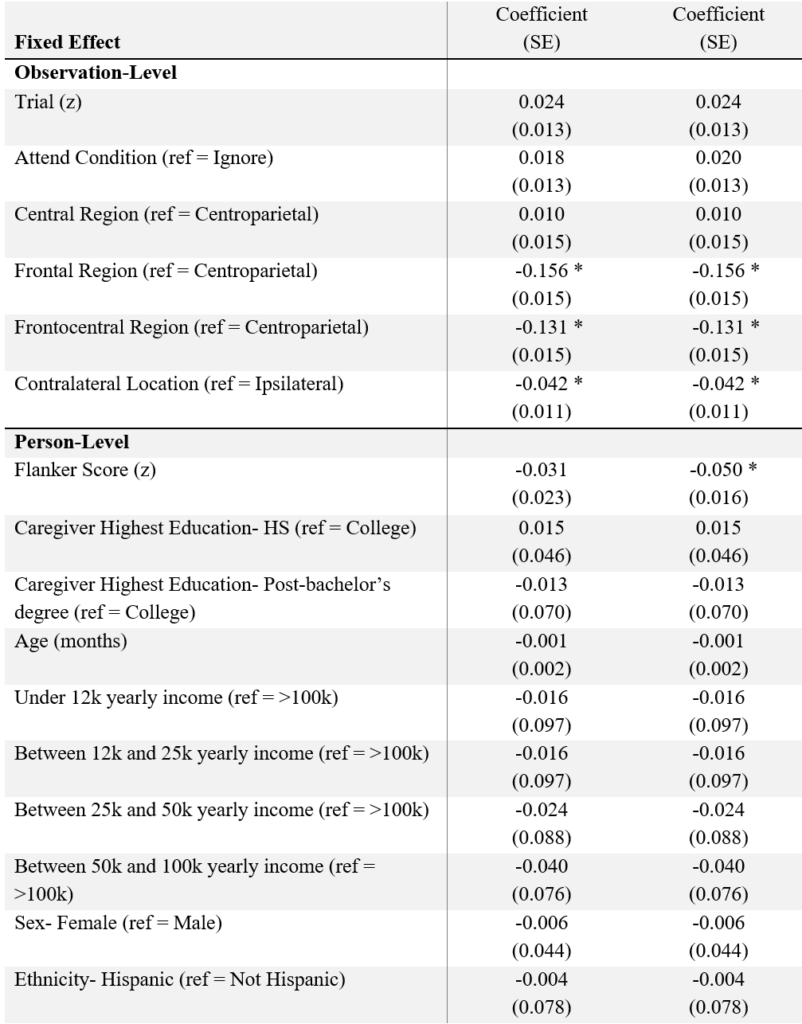

International Society of Developmental Psychobiology 2022 Meeting: Sex Differences in the Maturation of the Grasp in Infancy: A Longitudinal Kinematic Analysis
Data Cleaning Steps:
- VIM package in R was used to make sure the amount of missing data was 5% or less
- Missing data were imputed using the MICE package in R.
- Imputed data were compared to original data on variable means and overall correlations. Means were very similar and interpretations of correlations were not different between the datasets. The imputed data were then used as the working dataset
- Outliers were identified in the dataset by the ROutliers package in R, which is based on the MAD instead of the mean (which is influenced by outliers).
- Outliers were winsorized using the datawizard package in R
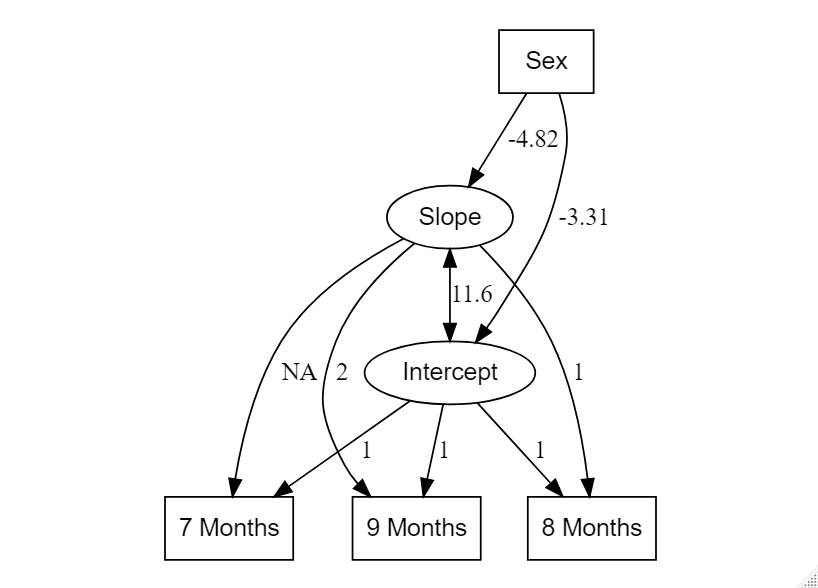
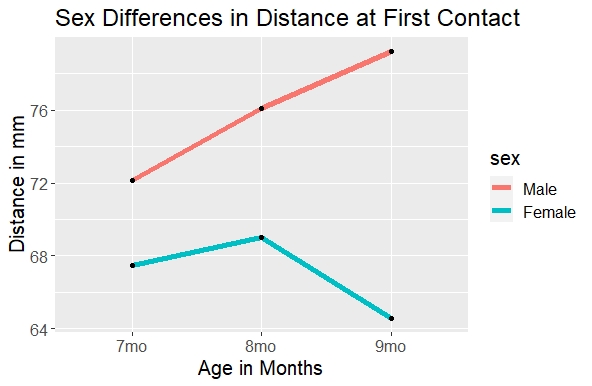
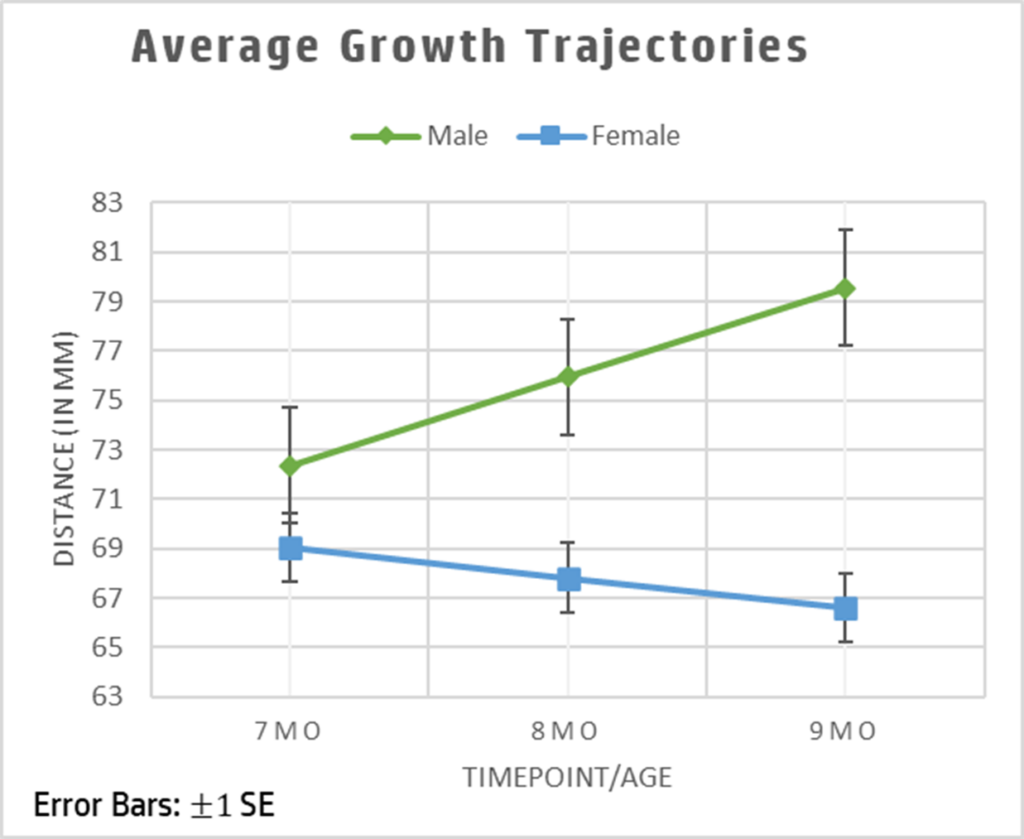
Infant Behavior Questionnaire-Revised Short-Form (Rothbart & Gartstein, 2000)
Routine-Based Question Examples:
How often did your baby:
(2) seem angry when you left her/him in the crib? (3) seem contented when left in the crib? (4) cry or fuss before going to sleep for naps? (9) laugh aloud in play?(19) enjoy listening to a musical toy in a crib?
During feeding, how often did the baby:
(33)lie or sit quietly? (34)squirm or kick?
When going to sleep at night, how often did your baby:
(36) fall asleep within 10 minutes? (37) have a hard time settling down to sleep?
Not Routine-Based Question Examples:
How often did your baby:
(1) make talking sounds when s/he was ready for more food? (5) look at pictures in books and/or magazines for
5 minutes or longer at a time? (6) stare at a mobile, crib bumper or picture for 5 minutes or longer? (7) play with one toy or object for 5-10 minutes? (8) play with one toy or object for 10 minutes or longer (10) repeat the same movement with an object for 2
minutes or longer (e.g., putting a block in a cup, kicking
or hitting a mobile)? (11) smile or laugh after accomplishing something (e.g., stacking blocks, etc.)? (12) smile or laugh when given a toy? (14) enjoy hearing the sound of words, as in nursery rhymes? (32) appear sad for no apparent reason?
